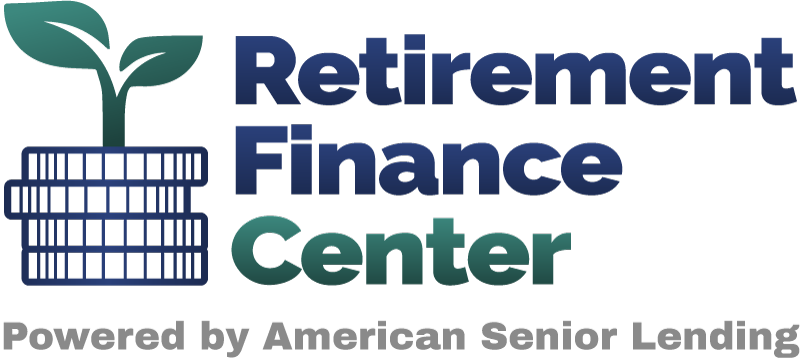Reverse Mortgage Fees
A reverse mortgage can be an effective tool for seniors to access the equity in their homes. However, as with any financial product, there are fees associated with a reverse mortgage loan.
In this article, we’ll take a closer look at these fees or costs and explain why they may be worth it for seniors looking to improve their cash-flow in retirement.
At the end we do encourage you to try our no obligation reverse mortgage calculator or give us a call to confirm your potential to be eligible and get your own free eligibility analysis.
Origination Fee
One fee that is associated with most reverse mortgage loans is the origination fee. This fee covers the costs associated with processing the loan application and can range from 0.5% to 2% of the loan amount. For example, if you’re taking out a $100,000 reverse mortgage loan, the origination fee could be anywhere from $500 to $2,000. While this fee may seem steep, it’s important to remember that it covers the costs of underwriting, appraising, and closing the loan. It’s also a one-time fee that is typically rolled into the loan balance, so you won’t have to pay it out of pocket.
Mortgage Insurance Premium (MIP)
Another fee that is associated with most reverse mortgage loans is the mortgage insurance premium (MIP). This fee is required for all Home Equity Conversion Mortgages (HECMs), also known as traditional reverse mortgages and covers the cost of insurance that protects both the borrower and the lender. The MIP is equal to 2% of the home’s appraised value or the FHA lending limit, whichever is less. On a $500,000 home, the MIP would be $10,000. While this fee may seem high, it provides important protections for both the borrower and the lender. It ensures that the loan can be repaid even if the home’s value declines or if the loan balance exceeds the home’s value, as long as you continue to meet your loan obligations.
Servicing Fee
A servicing fee may also be charged by the lender to cover the costs of administering the loan, such as sending monthly statements and tracking interest and fees. This fee is typically between $25 and $35 per month. While this fee may seem small, it can add up over time. It’s important to factor this fee into your calculations when considering a reverse mortgage loan.
Interest Rates and Fees
Reverse mortgage loans typically come with higher interest rates than traditional mortgages. This is because the loan balance is not being paid down over time, which means that the interest is compounding. Interest rates on reverse mortgages can be fixed or adjustable and may be higher than traditional mortgage rates. In addition to interest rates, lenders may also charge other fees, such as appraisal fees, title search fees, and closing costs.
Potential Advantages of Paying Fees
While the fees associated with a reverse mortgage loan may seem high, they are often worth it for seniors who are looking to access the equity in their homes without having to immediately sell or move.
Reverse mortgage loans can provide seniors with a steady source of cash proceeds (from the equity in their home) that can help improve cash-flow in retirement. They can also provide a financial cushion for unexpected expenses, such as medical bills or home repairs.
Another potential advantage of paying the fees associated with a reverse mortgage loan is that they provide important protections for both the borrower and the lender. The MIP ensures that the loan can be repaid even if the home’s value declines or if the loan balance exceeds the home’s value. This protects both the borrower and the lender from financial loss. Paying the MIP will not protect the borrower from default or foreclosure though.
To Summarize What You Have Read
While the fees associated with a reverse mortgage loan may seem high, they are often worth it for seniors who are looking to access the equity in their homes.
Reverse mortgage loans can provide seniors with a steady source of income (from the equity in their home) that can help improve cash-flow in retirement. They can also provide a financial cushion for unexpected expenses, such as medical bills or home repairs.
